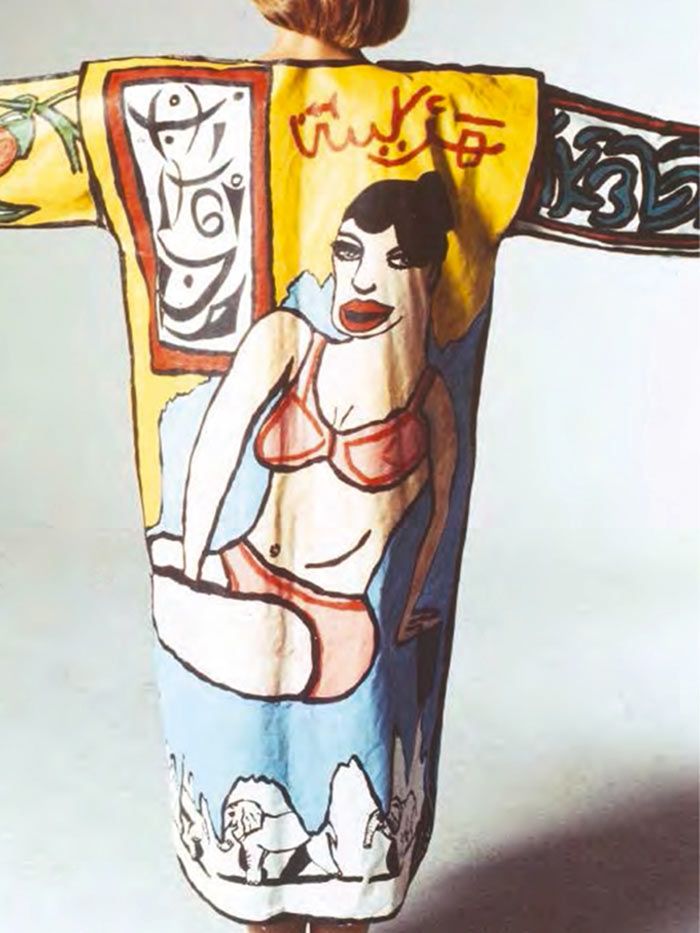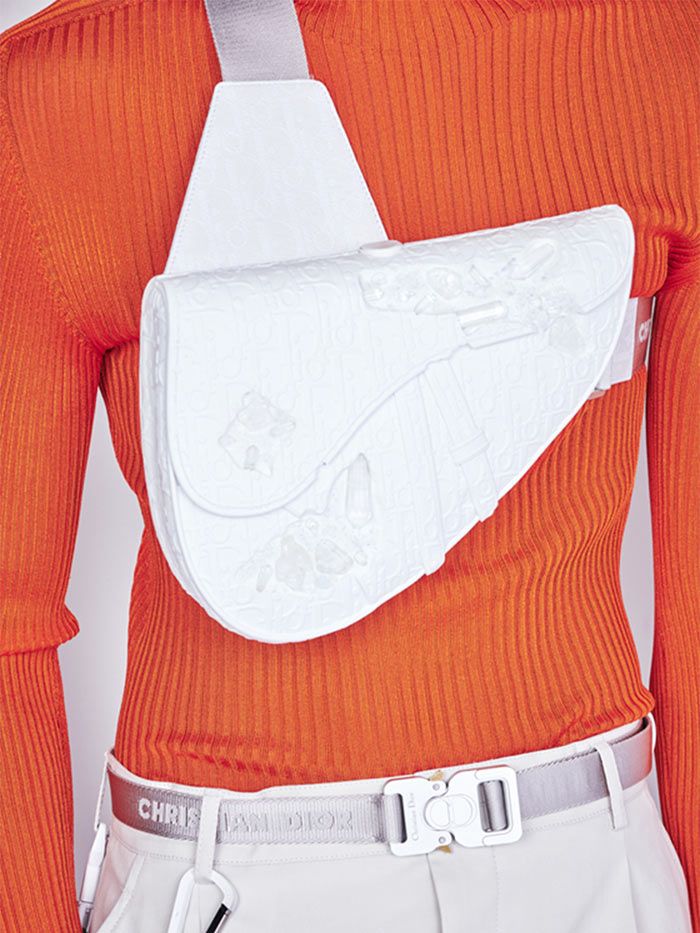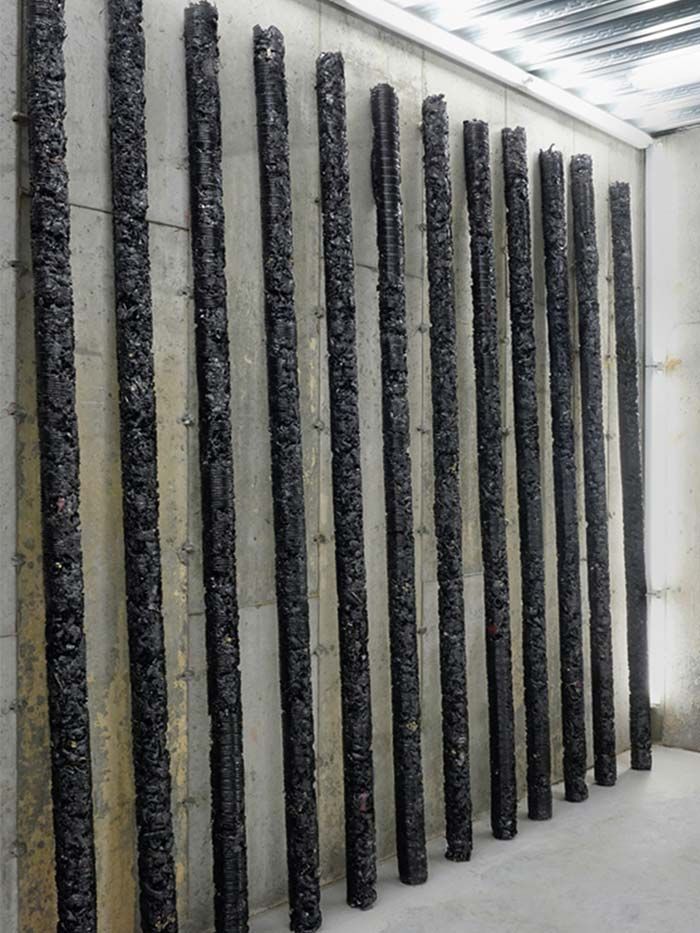
It all started out fine. After all, what could be more natural than bringing the fashion and art worlds together? Historically there’s been a kind of revolving door between the two. Before the war, Cocteau, Chanel, Schiaparelli, Dalí, Bérard and co. used to all be best buds, and even when designers and artists were separated by social class or otherwise, some eccentric countess or a Russian princess in exile could be counted on to invite them all over to tea now and then.
For a long time, the aesthetic elite was the only game in town for creatives. That was certainly the case for the golden age of French fashion between the two wars. It was only in the early 1960s that fashion began to pull ahead of art, propelled by youth culture and its insatiable appetite for doing away with the past.
Role of Yves Saint Laurent
Yves Saint Laurent and others forged their own relationships with the artists. We tend to think of Yves Saint Laurent when we think of the first arty collabs in fashion. Just think of his famous Mondrian dress and the Chagall or Braque couture looks, which made fashion history immediately.
However warm Saint Laurent may have appeared to be toward the arts, his ego was too big to truly share the limelight. While showing genuine respect for the artists he borrowed from, he alone steered the ship that transformed their paintings into his clothing. It wasn’t until the 1980s with iconoclasts such as Jean-Charles de Castelbajac that a more balanced relationship developed between the visual arts and fashion. From Robert Combas to Ben, artists flocked to JC/DC’s studio as if it were Andy Warhol’s Factory of old.

Then in the early 2000s fashion became a global superpower. Each brand moved its chess pieces across the board with its artist collaborators leading the charge. Collabing with an artist took on a whole new meaning and purpose, with the latter helping underpin the brand’s elite status and even offer it a bit of cultural-historical prestige if possible. The fashion label in turn would increase the artists’ visibility, and none were happier about this than gallery owners.
Marc Jacobs and Louis Vuitton
Louis Vuitton soared to the upper echelons of fashion under the artistic direction of Marc Jacobs, who was a collector of contemporary art and brought in the biggest names from the art world, from Takashi Murakami to Yayoi Kusama, to bling out and re-envision classic LV bags. To date, LV’s most striking collab was undoubtedly with American artist Richard Prince in 2007 and his disturbing cast of haunting nurses, still talked about to this day.

As for Christian Dior, who was a gallery owner before going into fashion, he had a touchier approach to collaboration.There was never any question as to whether the artists were on equal footing with the artistic director, let alone the sacrosanct brand itself. Dior put up only one accessory for reinterpretation, though it’s an iconic one at that, the Lady Dior bag. Artists little and small have been brought in to put their own spin on it, and the results have been extraordinary, taking the bag out of the proverbial attic of the fashion world and putting it back on the shelf. Dior's current menswear artistic director Kim Jones has been the first to establish genuine collaborations with artists, the most successful of which being his Spring/Summer 2020 collection with Daniel Arsham, sculptor of fictional archaeology. Likewise noteworthy is the Fendi approach, bringing in visionaries from a diverse array of artistic traditions.
For the Fall 2018/2019, creative director Silvia Venturini worked with digital artist and Instagram star @hey-reilly for creative play on the brand’s logo, then followed this up with a collaboration with film director Luca Guadagnino for Spring 2020. The director not only shot the clothing but developed a character for the collection, the gentleman gardener. We would likewise be remiss if we didn’t mention Miuccia Prada, who's as invested in the art museum Fondazione Prada as she is in the ready-to-wear collections she co-directs with designer Raf Simons. While the crème de la crème of designers and even architects have collaborated on Prada’s accessories, it’s the Prada name that grabs the limelight, and the brand can even boast a very successful collaboration with a visual artist - the Spring/Summer 2014 collection with Jeanne Detallante. For the past 10 years, there have been regular announcements about the next big Fashion x Art collaboration. It’s a marketing tool that we’ve seen repeated ad nauseam.

The artists wind up getting passed around different fashion houses like recipes. Some brands announce a collaboration when all they’ve done is negotiate copyrighting with the estate of a deceased artist in order to put his or her work on a t-shirt. From Jean-Michel Basquiat to Robert Mapplethorpe, the list of artist collabs is long. And let’s be honest, most consumers will probably only retain the name, the signature, and the 15 minutes of buzz it creates. That said, there have been extraordinary moments in the Fashion x Art game. Take 2013’s Raf Simons and Sterling Ruby collaboration, a brilliant meeting of minds to create the RS x SR collection that inspired the American artist to start his own fashion label. Equally excellent was Saint Laurent’s Helmut Lang collaboration. Lang was a cult designer in the ‘80s and ‘90s and Saint Laurent contacted him to design a denim capsule collection which he turned down, instead offering a sculpture series made from burnt Saint Laurent clothing.
The pieces were exhibited for a few weeks at the Saint Laurent Rive Droite store, their chilling and effortless beauty a reminder that fashion is in the end meaningless, whispering, “Memento,homo, quia pulvis es, et in pulverem reverteris” (Remember you are dust and to dust you shall return).


